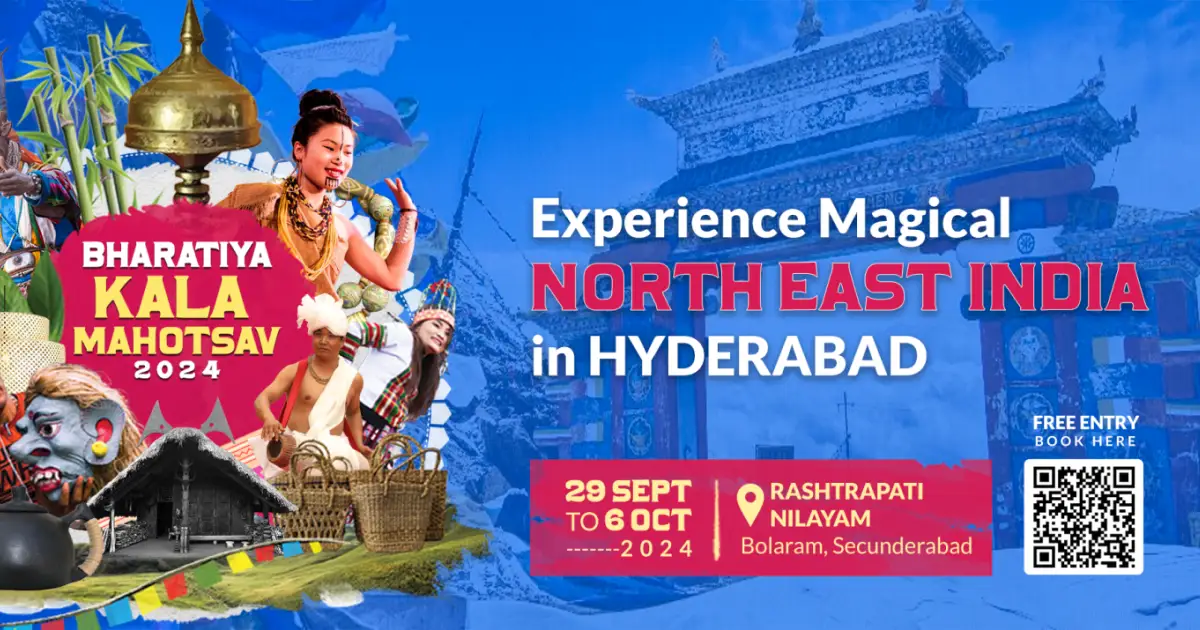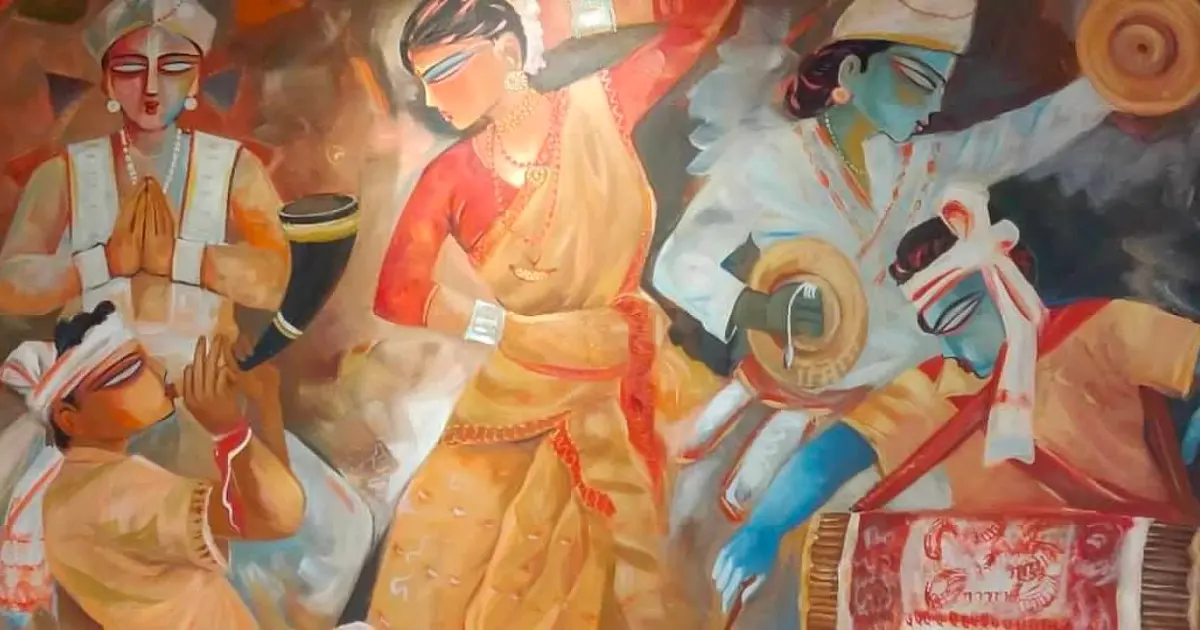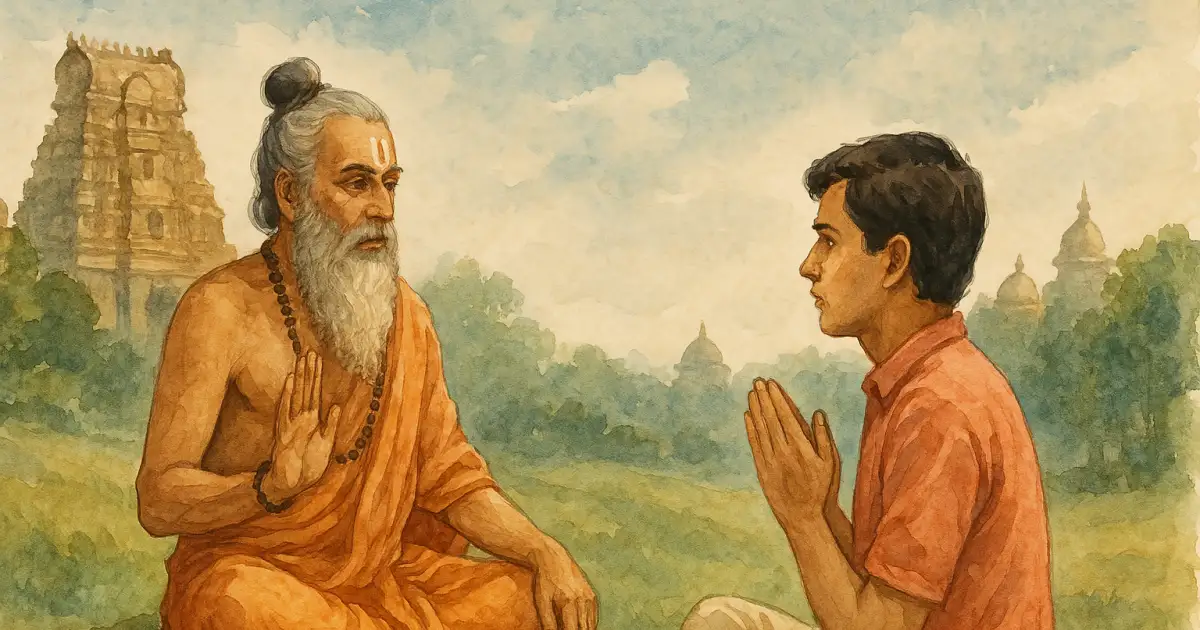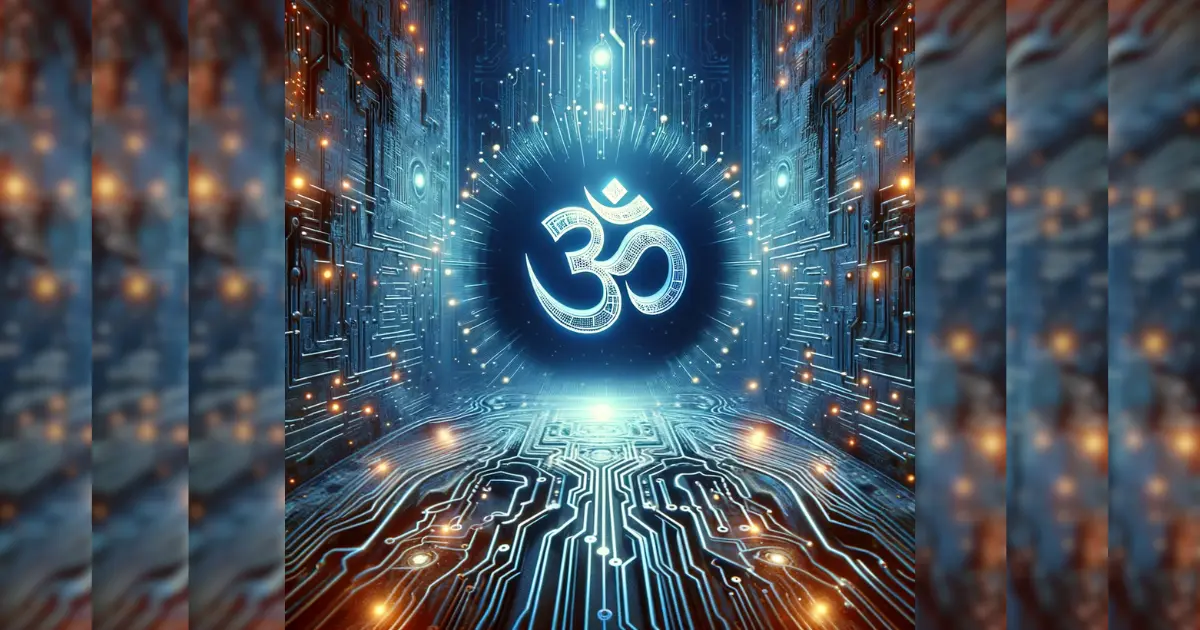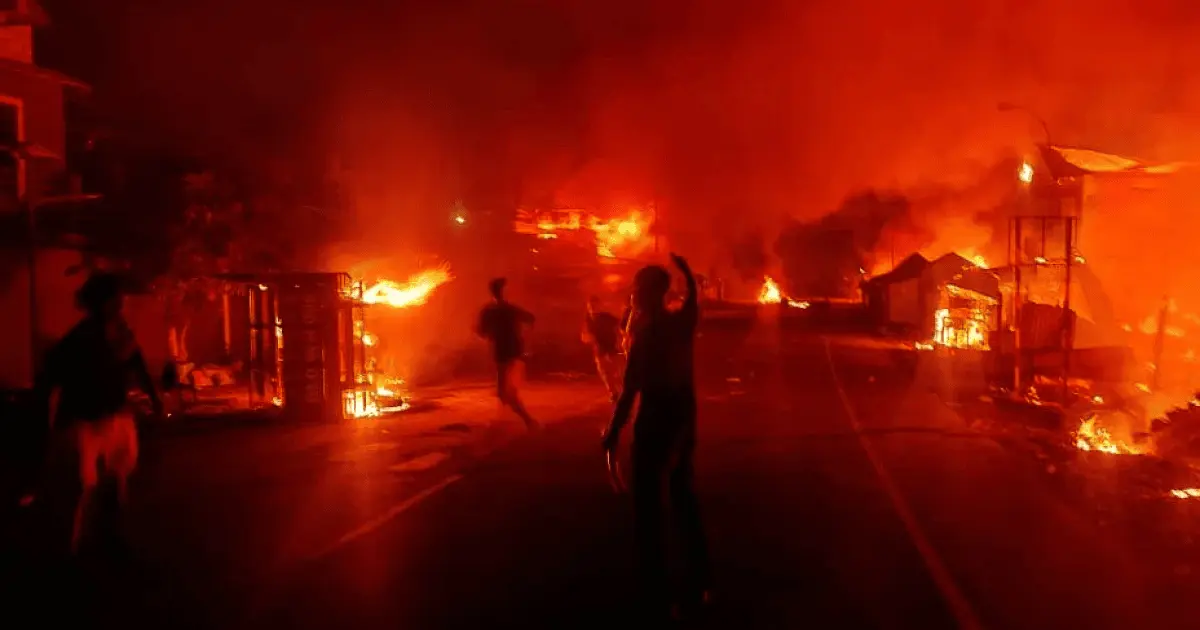There are two religions on earth, which have distinct enmity against all other religions. These two are Christianity and Islam. They are not just satisfied with observing their own religions, but are determined to destroy all other religions. That’s why the only way to make peace with them is to embrace their religions.
Rabindranath Thakur (Rabindra Rachanabali Vol.24)
Past
Many of us think of the North Eastern part of our country as a region which is foreboding with its incessant insurgencies and also unwelcoming with its various tribes following mores and norms that are vastly different from ours. Few of us are aware of the struggles of the people themselves and also of the state and central governments to mainstream resources and policies in these ‘permit needing’ areas.
Take Arunachal Pradesh (capital Itanagar) for example, Despite his debauchery of later years, Verrier Elwin’s A Philosophy for NEFA, speaks of improving the material life of tribals without making them ashamed of their tribal culture. As per Ramachandra Guha’s biography on him Savaging the Civilized: Verrier Elwin, His Tribals and India.
One reason Arunachal, alone among the states of the Northeast, has had no major insurgency is that Elwin and his colleagues worked strenuously to protect tribal rights in land and forests, promote Hindi as the link language between the different tribes, and keep out both Hindu and Christian missionaries.
Guha blames the British for the debilitating economic policies which dispossessed thousands of tribal families, the British also introduced new forest and game laws which prevented the indigenous peoples from accessing the produce of their own forests, and finally with the ban on shifting or jhum cultivation, their means of food production and livelihood was completely destroyed.
Most of all, the Nehruvian blunder of keeping the North East Frontier Agency (NEFA) aka Arunachal Pradesh (1987) out of bounds from mainstream India and Indians proved dangerous for our country’s security. This state has seen more than its share of border skirmishes and aggressions by China, Galwan being the most recent. In fact China looks at this region as an extension of Tibet, calling it South Tibet and claiming it as its own since ancient times. The very long 3,440 kms border with China does not make the job any easier for our defense agencies.
The idea of keeping the NE pristine in its tribal identity and out of reach from most Indians as per Elwin’s advice, was detrimental politically and also economically. It lead to the breaking down of the environmental and social structures too due to the introduction of Abrahamic faiths. Most missionaries who gained initial entry during the British times, had a go at the whole area without any opposition for decades and managed to convert states such as Nagaland. Mizoram, Meghalaya, wholesale into their faith. They also brought with them the idea of overlordship of nature as well of people who were ‘others’ i.e., did not belong to their faith systems. This created a huge rift between the two opposing thought systems, plunging their societies into insurgencies and counter insurgencies. A simple matter of faith and individual choice, as the West likes to look at it, turned into a nightmare for the people on the ground as well the administrators.
A case in point of how the social fabric is harmed when foreign elements are introduced is from Meghalaya (capital Shillong). The Mawsynram Dorbar Shnong, a village council, banned Hindu worship at the Mawjymbuin Cave as recently as August 2024. This ban was supported by the state government (which is majority Christian), by the churches, and the Khasi Students Union (KSU), also Christian. The Mawjymbuin Cave is located in Mawsynram village in Khasi Hills and is known for its natural stone formation that the Hindus believe is a Shiva Lingam. Although Hindu groups in Meghalaya and Assam have protested against the ban and some have threatened to block roads leading to Meghalaya if the ban was not lifted, the High Court of Meghalaya has instead asked the village council and Hindu society to resolve their differences between themselves without actively condemning such anti-minority behavior.
While in the rest of the country, where the majority is Hindu, minorities are treated with kid-gloves plying them with extra benefits although unConstitutional, in states such as Meghalaya or Nagaland or Mizoram, where the Hindus are a minority, there is no such concession or special treatment accorded to them. A similar pattern we have seen play out in erstwhile states like Jammu and Kashmir too.
The environmentally damaging aspect is clear from this article, which enumerates the distancing that the new converts have undergone from their roots, uprooting a whole ecosystem. Today, climate change, pollution and deforestation threaten these spaces. They have also been affected by the Indigenous population’s conversion to Christianity, which began in the 19th century under British rule. Christian converts lost their spiritual connection to the forests and lore, says H.H. Morhmen, an environmentalist and retired Unitarian minister. Meghalaya is 75% Christian in a country that is almost 80% Hindu. He adds that, They viewed their new religion as the light and these rituals as darkness, as pagan or even evil.
Mizoram (capital Aizawl) too, which is majority Christian clashed with the Brus in 1995, who were majorly Hindu. They were perceived to be non-indigenous (even the ones who converted to Christianity) and the Mizos wanted them removed from Mizoram’s electoral rolls. The resultant armed conflict and ethnic violence that ensued saw more than 40,000 Brus fleeing to adjoining state of Tripura, taking shelter in relief camps. The Bru or Reang are a Tripuri clan from the Indian state of Tripura. They speak a dialect of Tibeto-Burmese Kokborok, locally as Kau Bru. A quadripartite agreement in New Delhi on January 16 2020 allowed some 35,000 Bru tribal people, who were displaced from Mizoram and are living in Tripura as refugees since 1997, to settle permanently in Tripura. The Centre, State governments of Tripura and Mizoram, and representatives of Bru organizations signed the agreement in the presence of Union Home Minister Amit Shah. The “solution” has evoked mixed reactions with rights activists fearing it could “legitimize” the ejection of minority communities by ethnocentric states.
Interestingly, Mizoram is the only state within the country where the Indian Air Force carried out bombings (in 1966) against civilians. This was in retaliation against the militant attacks on government establishments in Aizawl and Lunglei and secessionism by the Mizo National Front (MNF). The MNF was lead by Laldenga, who lived in Pakistan in Karachi, and was assisted with arms and funds from China. After the historic peace accord that he signed with the then Prime Minister Rajiv Gandhi, Laldenga went on to become the Chief Minister of his state in 1987, and a semblance of peace followed, until the conflict with the Brus.
The general consensus is that Christianity helped the NE region become more educated and ‘civilized’. That this region is more progressive, modern, and cleaner than the rest of the country because of its faith. Not only does such a blatantly false idea take away credit from the indigenous tribes of these lands and their far older beliefs and customs, but also conflating one’s faith with the positives even while delinking one’s faith from its negatives at will, illustrates deceptive doublespeak on part of the Abrahamics.
The particular strain of Christianity in these parts is more fanatical than the reformist sects of this religion common in say the West. What many of us are unaware of is the terror it wrought on the non-believers. This paper looks deeply into Christian Militantism in Tripura, Northern Uganda, and Ambon.
Tripura is one of the Hindu majority states in the NE. An ancient and enlightened monarchy with its capital in the beautiful, clean, inviting Agartala. This state is also home to the powerful Tripura Sundari Shakti Peeth, the royal Ujjayanta and Neer Mahal palaces, the magnificent UNESCO’s World Heritage Sites of Unakoti and Chobimura rock cut sculptures, the ancient archaeological site of Pilak, the enchanting Jampui Hills, and more.
Today this state witnesses many incidents of broken Durga murtis during Durga Puja by illegal Bangladeshi Muslim infiltrators who do not respect the local traditions or religion, and have been taught to hate idol worship since their birth by their holy book. Co-existence in such a situation becomes extremely difficult when one side (illegal and non-local) wants to annihilate the other (legal and indigenous) at all costs, to paraphrase Golda Meir.
The threat to this state is not just on one front. Christian terrorist groups such as National Liberation Front of Tripura (NLFT) backed by the Baptist Church of Tripura wanting to secede from India, have wreaked untold miseries on the indigenous Hindu tribes.
...the massacre carried out by the National Liberation Front of Tripura (NLFT) at the Singicherra Bazaar in Tripura in 2002. NLFT – a Christian secessionist outfit had issued diktats against the celebration of Makar Sankranti – the pan-India harvest festival. To punish those who dared to celebrate, NLFT terrorists entered the Singicherra market and shot dead 16 villagers. (16 shot dead by NLFT in Tripura – PTI, 13 January, 2002)...
Meanwhile extreme neglect of Assam (capital Dispur) by the Indian government despite large scale migration of illegal Bangladeshis flooding the state and threatening the locals with demographic displacement and increasing crime caused consternation in the indigenous Assamese as early as the 1970s. Things came to such a pass that the Army had to be called out here on March 28th 1980 to maintain law and order. With the exception of the districts of Cachar and the North Cachar Hills, the rest of the state was declared a disturbed area and was brought under the Assam Disturbed Areas Act, 1955, and the Armed Forces (Special Powers) Act, 1958, on April 6, 1980.
One of the groups fighting foreigners (any non-Assamese) in their state and wanting to secede from India, turned militant, and the United Liberation Front of Assam (ULFA) under Paresh Barua went on a kidnapping and killing spree for a few decades. Over time their cause paved way to extortions and other unsavory activities. Militancy and fighting for separate statehood has been seen from Bodo groups and Assamese Muslims too.
In the neighboring Nagaland, which is majority Christian, there was a row over immersing erstwhile Prime Minister Atal Bihari Vajpayee's ashes in the Doyang river. Church groups opposed it saying the ritual was not Naga in nature. Under the stranglehold of the all-powerful Nagaland Baptist Church Council (having origins in the American Baptist Mission), no elections were held for the Urban Local Bodies (ULBs) for nearly 20 years. Contrary to the general belief that indigenous societies in Northeast India are egalitarian, the Naga society is deeply patriarchal and discriminates against women on many levels. For example, as per Naga customary laws, women cannot inherit ancestral property or take part in public matters. Therefore, the journey to secure 33% reservation in ULBs was not easy for Naga women, especially for the members of the Naga Mothers’ Association (NMA) who spearheaded the fight for women’s reservation in ULBs.
The two-day celebration of 150 years of Christianity in Nagaland in 2022 had thousands of believers of the Christian faith congregating at the Nagaland Baptist Church Council (NBCC) Convention Centre in its capital of Kohima. Among the 32 major Naga tribes, the main are the Angami and Ao, with each tribe having its own distinct customs and traditions. Almost all but a handful are Christian Baptist, a few continue to follow their ancient religion of Hao, or like the famous freedom fighter Rani Gaidinliu, belong to the Heraka tribe.
Christianity brought with it Western education, medicine, access to the modern world, and a different way of life, connecting all the various tribes under one name ‘Naga’, a term of foreign origin. This identification with the term as well as with one religion gave rise to Naga nationalism and the demand for Nagalim, a separate state for the Nagas, leading to insurgencies against the India State (Christian conversion, the rise of Naga national consciousness, and Naga nationalist politics By Shonreiphy Longvah).
Under the leadership of Angami Zapu Phizo of the Naga National Council (NNC), Nagaland was declared independent from Assam in August 1947, and a plebiscite was held in May 1951 wherein 99% people demanded a separate state, which ultimately materialized in December 1963. Not before the Indian Army operations of the 1950s and the 1960s (Yengpang and Matikhru) against these very insurgencies by the Nagas. This lead the Nagaland Baptist Church Council to initiate the “Nagaland for Christ” campaign, the end result of the evangelical activities by the Baptists.
Insurgency in Nagaland continued under Muivah, who was unhappy with the Shillong Accord of 1975, and broke away from the NNC and formed the Nationalist Socialist Council of Nagalim (NSCN). Despite a ceasefire agreement in 1997, the peace accord that was signed in August 2015, is considered to be a breakthrough in this state.
The one state of Manipur (capital Imphal) in the NE which is majority Hindu (slightly) as of today apart from Tripura and Assam, with Meities constituting a little more than half of the population, is fast losing its demographic upper hand. With Kuki-Zos from neighboring Myanmar making their way into this adjacent state of Manipur, the lure of Poppy cultivation and Opium production has far outweighed the legalities of the land. Combined with the active demand in the world for narcotics, supported by the Church and neighboring China, supplying insurgents with ammunition and weaponry, the foreign elements have caused a once stable and economically developing region to suffer incessantly with strife. As many as 50,000 Meities are said to have been displaced internally due to the ongoing violence. None of this makes international news, as do one or two stray incidents (albeit deserving condemnation and strict punishment) when the perpetrators are non Kuki-Zo.
*The Kukis have occupied sizable territories in Manipur which earlier belonged to other ethnic communities especially the Nagas, Meiteis and other smaller groups either by coercing or intimidation and sometimes by using force. The Nagas (Kuki-Naga clashes 1992–1995); Hmar (Kuki-Hmar clashes 1959–1960); Paite (Kuki-Paite clash 1997–1998); Tamil (Kukis- Tamils Clashes in 1995) and Meitei (the current Kuki-Meitei clashes since 03 May 23) are some of the examples in which Kukis are trying dominate others’ territories by force. The above incidents have forced many small business communities like Punjabis, Malayalis, Tamils, Nepalis (Gorkha), Marwaris, and native people like Nagas and Meiteis to flee from Moreh in Tengnoupal district, Chandel, Kangpokpi and Churachandpur where Kukis are dominated over the last thirty years. There are nearly 30 Kuki insurgent groups in Manipur under the umbrella of UPF and KNO, of which 25 are under tripartite Suspension of Operations (SoO) with the Government of Manipur and India. Their political aim is to form an independent state under the Constitution of India and then tacitly moved toward a separate country called Kukiland/Zalengam/Zoland/Zomiland, consisting of Chin & Kachin State of Myanmar including some parts of Assam, Nagaland, Manipur, Tripura, Mizoram state and Chittagong Hill tracts.
Meanwhile, one of the most peaceful states in this region is Sikkim. A lot of it has to do with the belief system of the people, majority of whom are Buddhists. The dharma panthas are indigenous to the land and are not antagonistic to one another. Sikkim became India’s protectorate in 1950, three years after independence, with a treaty that was signed with its ruler Tashi Namgyal. With China’s invasion of Tibet in 1949 and Dalai Lama taking refuge in India in 1959, despite having autonomy in its internal affairs, many in Sikkim realized the security threat that China posed if they were to be entirely independent. With protests against the feudal monarchy gaining foothold through the 70s, in 1975 a referendum was held and Sikkim officially became India’s 22nd state through the Constitution (36th Amendment ) Act of 1975. With Gangtok as its capital, 35% of this second smallest state in India is covered by the Kanchenjunga/ Khangchendzonga National Park, which is a UNESCO World Heritage Site. Nearly 81% of the state comes under its forest department.
Ever since its merger with India, the state has grown by leaps and bounds. It is a 100% organic state. It is tourist and entrepreneur friendly enticing with its biodiversity and natural charms. One of the major issues this state faced for decades was lack of connectivity to the rest of the country due to its hilly terrain, but with its first airport being operational in 2018 at Pakyong, near Gangtok, this need has been finally met.
After decades of disinterest by the previous governments which ignored the rapid demographic changes with infiltrations from both Bangladesh and Burma into the seven sisters, the massive conversions of tribals to Christianity, the plight of Hindu tribes such as the Bru or Reang at the hands of the extremists, the various insurgencies in each of the North East (NE) states, the border skirmishes with China, and the lack of connectivity by rail, road or aircraft, we finally have a government which wants to bring the NE to the mainland and take the mainland to the NE. There is political will now, and this is very heartening for Indian citizens who wish to engage more with that region in a serious manner.
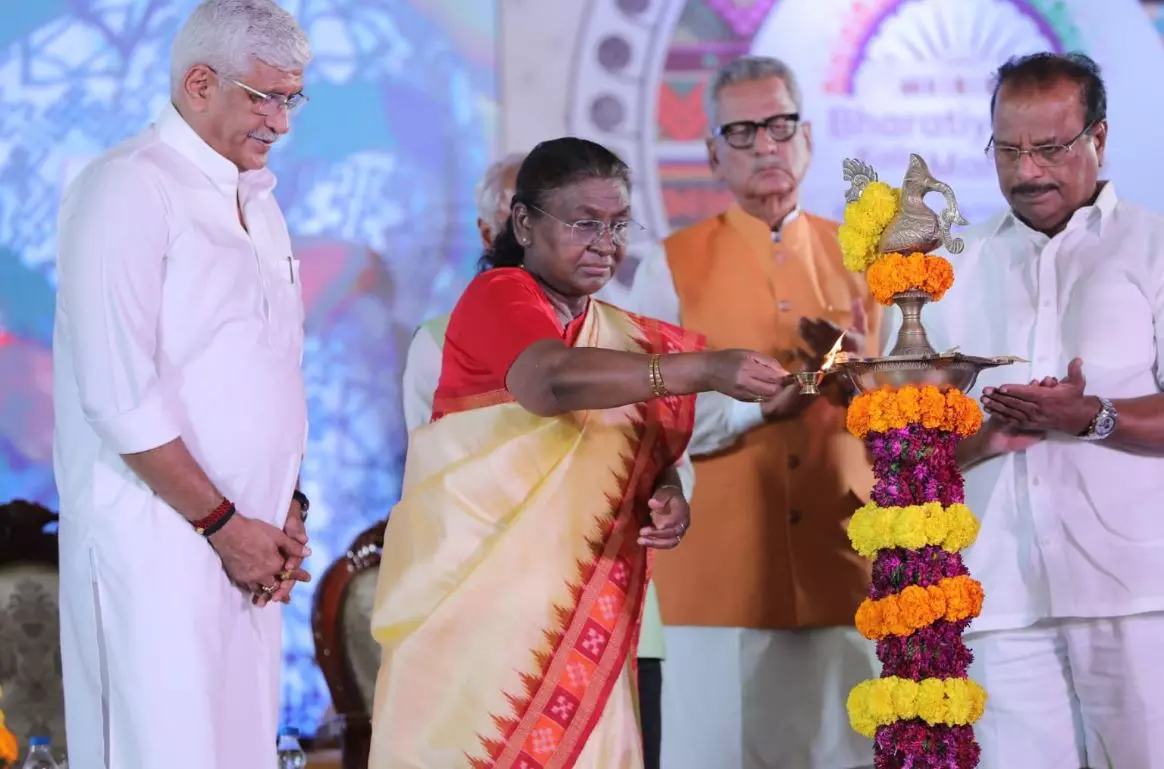
Present
A special department designed especially for this task, The Ministry of Development of North Eastern Region (MDoNER), responsible for the planning, execution, and monitoring of development projects and schemes in the North Eastern Region, has been set up. Under the able leadership of Shri Jyotiraditya M Scindia, Union Minister for the Development of North East Region and Communication, we in the twin cities recently witnessed a magnificent showcasing of NE handlooms, crafts, products, and cultural offerings on display at Rashtrapati Nilayam in Secunderabad, Telangana. In an effort to promote not just tourism in the NE region but also people to people connect, this spectacular festival was organized as a week-long programme. For a government program of this scale involving people and products, including physical distance, it was very well thought out and executed. Kudos to all those who planned it and implemented it in a thorough manner.
Below is a photo gallery of the recently concluded Bharatiya Kala Mahotsav 2024 at Bolarum, Secunderabad, in the beautiful premises of the Rashtrapati Nilayam, the iconic winter residence of our President. Formerly known as the Residency House, the vast grounds with lush gardens and architecturally unique buildings, was opened to the public in March 2023. This southern sojourn of our current President, Her Excellency Droupadi Murmu, was constructed in 1860 by the then Nizam, which then became the country house of the British Resident of that time.
It is only fitting that in independent India, such a historical location was chosen as the venue to host the 8 sisters (including Sikkim) from the North East, home to 17 official languages with 220 ethnic communities. And that our President herself would inaugurate this event, wherein she expressed hope that this Mahotsav would serve as a bridge between the North Eastern and the Southern regions of our country, bringing greater understanding and a healthy cultural exchange between the people.
In an effort to promote not just tourism in the NE region but also people to people connect, this spectacular festival was organized under the aegis of the Ministry of Development, North Eastern Region( DoNER). With almost 250 artisans participating, this 10 day event resulted in sales exceeding Rs. 2 crores!
From the easy online registration process to facilities for seniors, from the ample water stations and restroom access to the comfortable seating arrangements, from the various crafts filled pavilions of each NE state to the sumptuous food court with culinary delights from the NE, from the various dances of each region to the hands on workshops, from the GI Pavilion to the various quizzes and games with generous prizes, from the cultural extravaganza to the freely available tourism brochures; it was a delight to spend a Sunday morning browsing through the gorgeous wares on sale and engaging with the people from the NE of our land. Many of the people from the NE who are here for this Utsava have never stepped outside of their state or region. For them too it was a learning experience like no other and they seemed to be very grateful and happy for this opportunity to showcase their customs to others.
School children alighted from school buses in a bid to know more about their country chaperoned by teachers, they shouted excitedly at all the colour and festivities around them. Watching kids run around freely in the grounds enjoying different types of music and dance, something they have not been exposed to before was exhilarating. Families were busy taking selfies in front of the meticulously designed huts of the distinct tribes from the NE such as Apatani, Mishing, and so on. Women carried shopping bags full of handlooms with great enthusiasm, while many men got adventurous sampling fares testing their taste buds. The Navaratri holiday season helped in bringing in a lot of crowds.
Future
Other such festivals to showcase the NE are in the pipeline, with the Ashtalaxmi Festival happening in December in New Delhi from the 6th-8th at Bharat Mandapam. With design conclaves, investment opportunities, cultural and fashion shows, and live demonstrations, this two day event promises to highlight the NE in all its glory. There must be more such positive interventions which bring about understanding about the NE in our people, especially the youth.
It is necessary that we too take the extra step of visiting the NE either for yatra or for tourism. The various festivals from the Hornbill Festival in Nagaland to the Ambubachi Mela in Assam, the Saga Dawa in Sikkim to the Kharchi Puja in Tripura, the Wangala Festival in Meghalaya to the Anthurium Festival in Mizoram, from the Kang Rath Yatra of Manipur to the Dree Festival of Arunachal, all have something unique to offer. Let us make the effort of knowing our country better.
Hyderabad is not new to crafts and arts melas. From the yearly Numaish in Exhibition Grounds to the Shilparamam Festivals, from the various Handlooms Expos by Dastkar Andhra to the smaller Chenneta Samsthas, the twin cities are blessed with an openness and eagerness to other cultures and their offerings. This 2nd edition of the Bharatiya Kala Utsav, for the first time in Hyderabad, has simply extended the geographical boundaries to the NE too.
Given the love shown by the people of Bhagyanagara for this Mahotsava, we wish it a great success when it returns next year at the same venue.



















